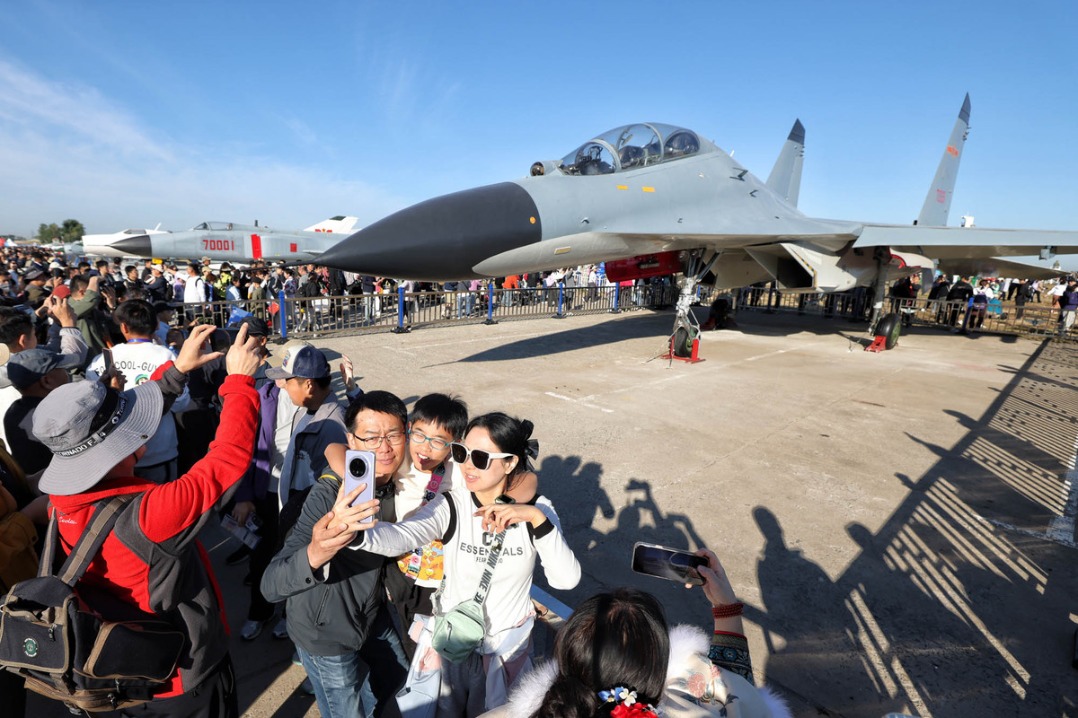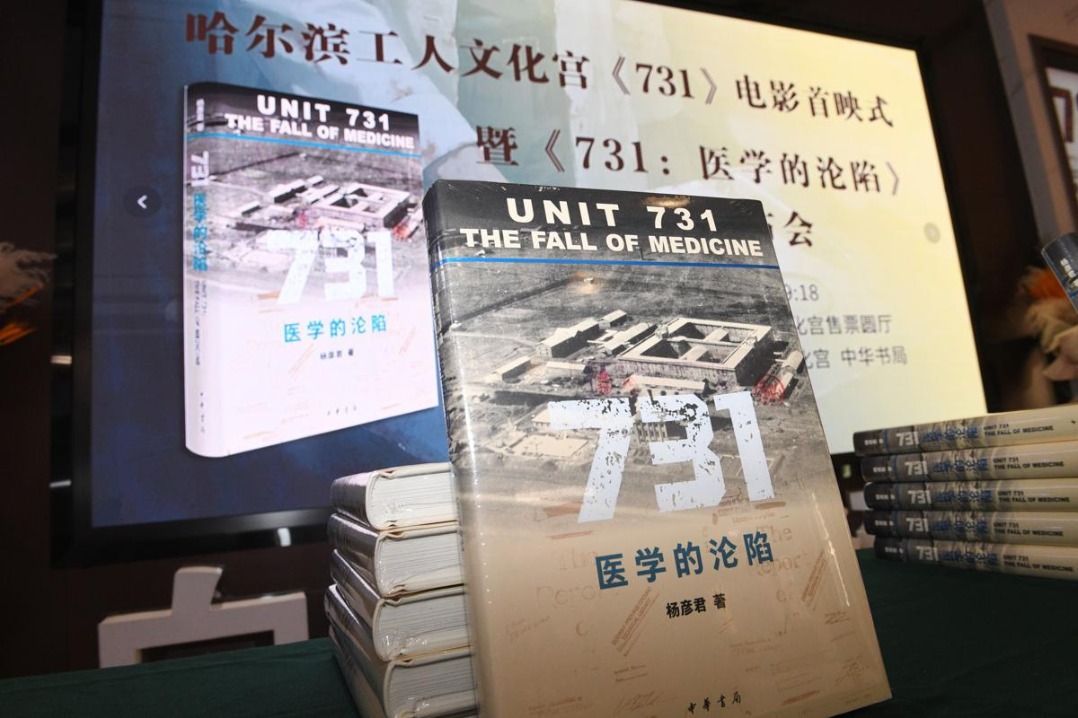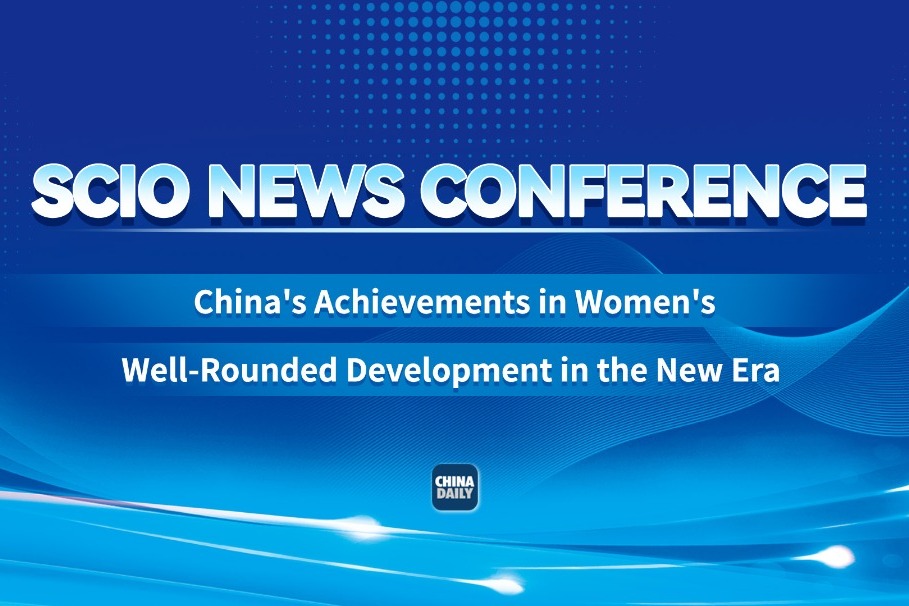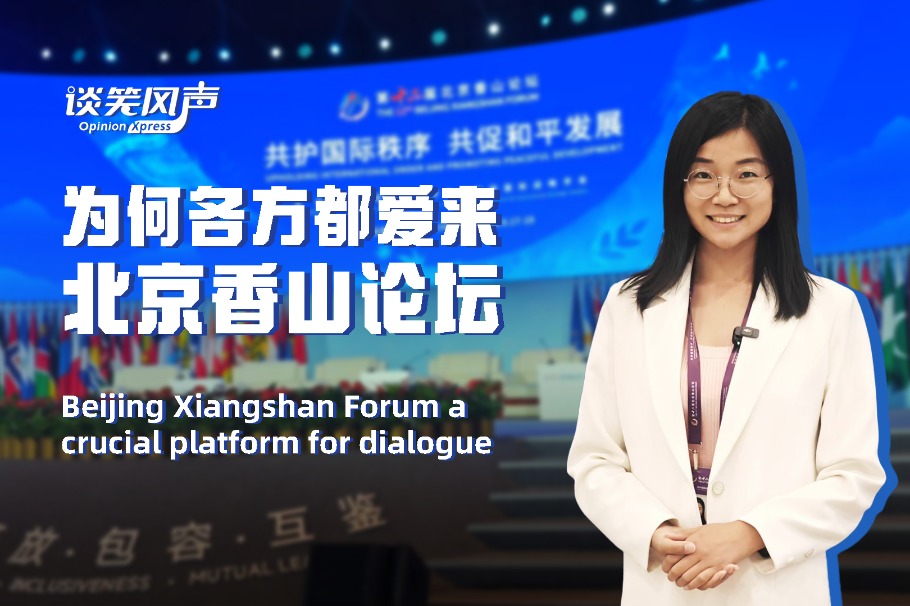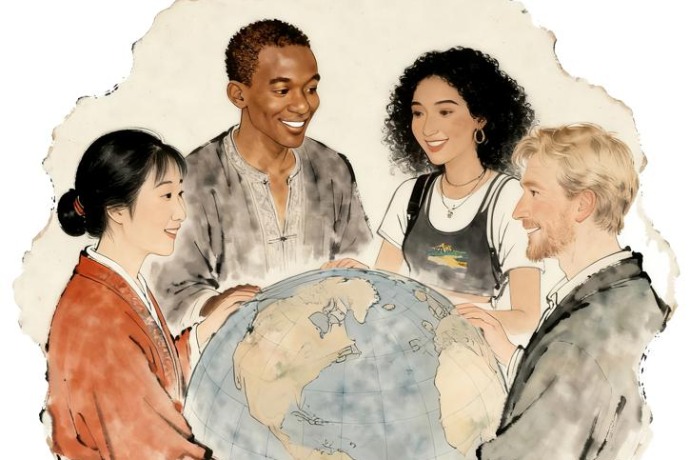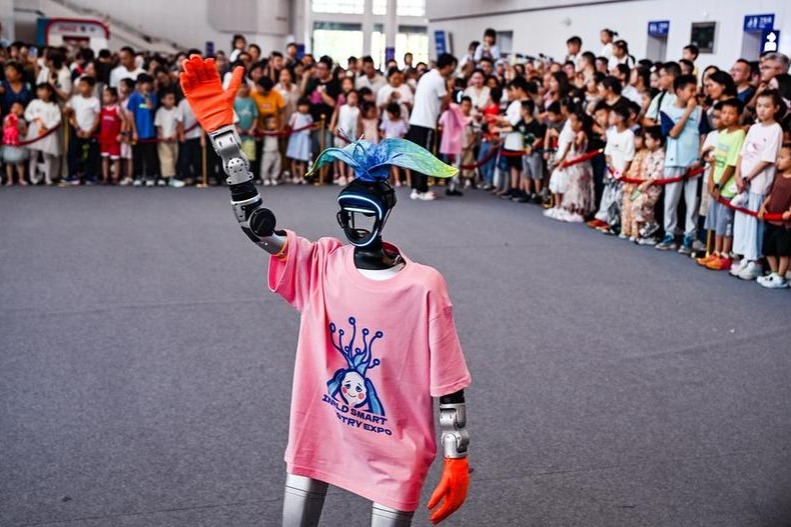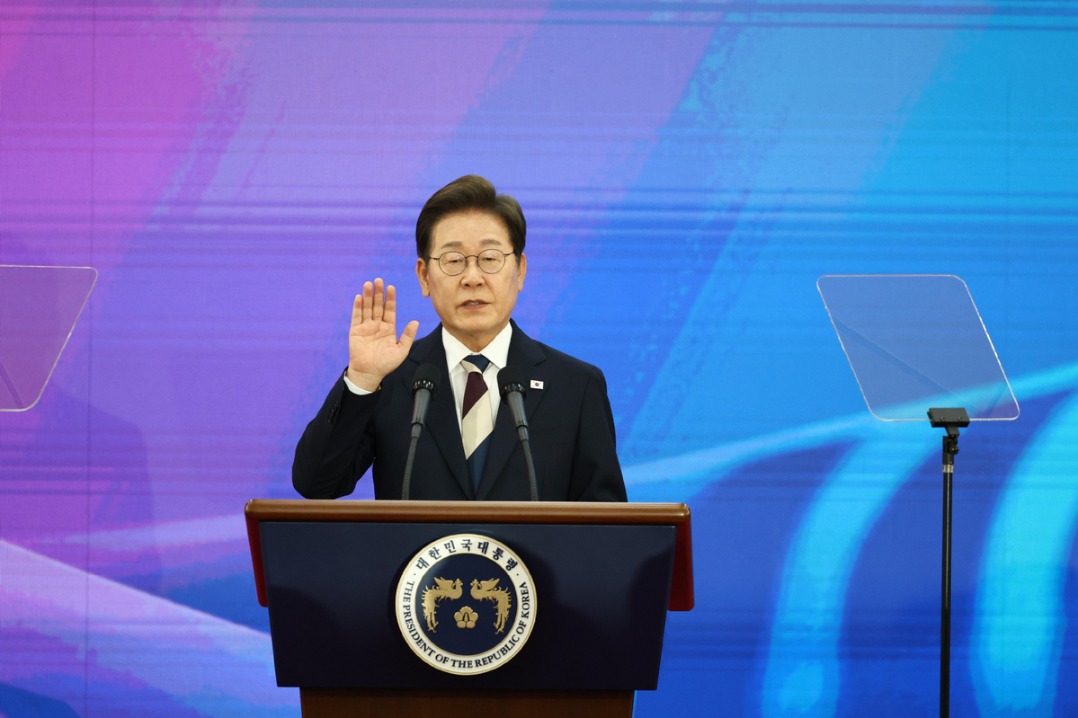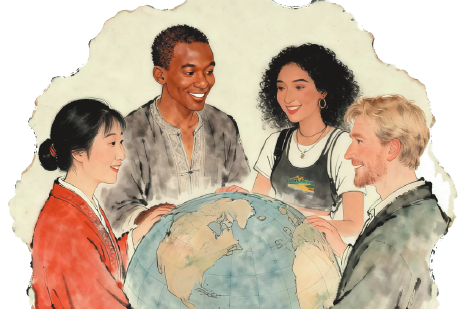China’s 18 years in the WTO: resilience through multilateralism

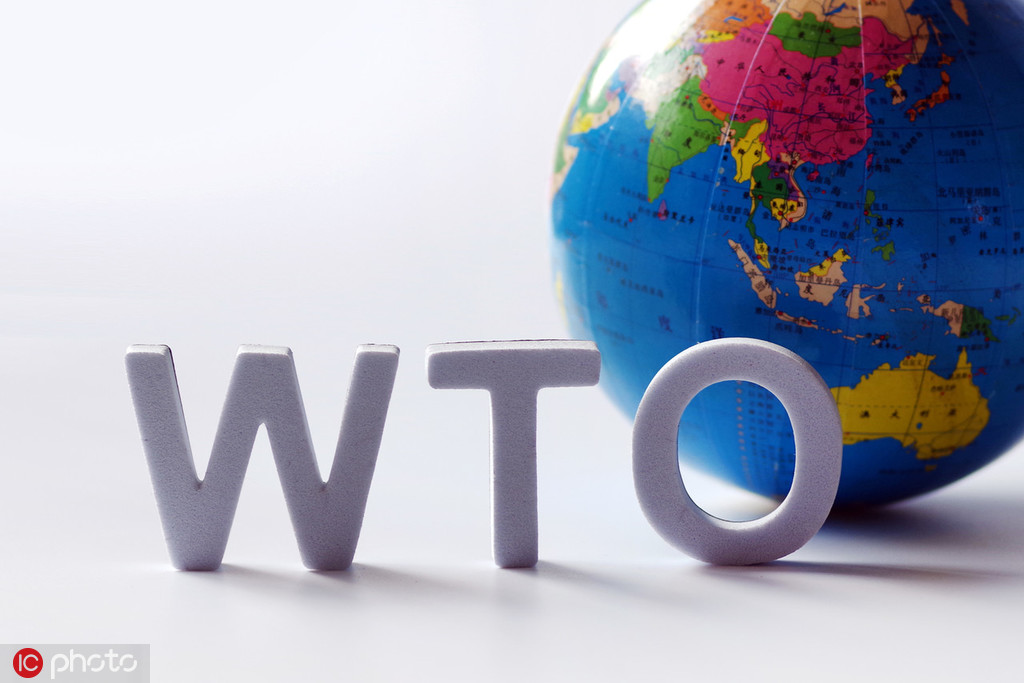
When China gained access into the World Trade Organization (WTO) in December 2001, it had gone through an extended and arduous negotiation process that lasted more than 15 years. China first submitted its re-entry application to the GATT in 1986 but negotiations dragged on past the establishment of the WTO in 1995.
The process became more complex after that as more parties were involved and more demands were made on the Chinese economy. President Xi Jinping, in his keynote speech at the World Economic Forum Annual Meeting 2017 in Davos, gave a graphic expression of what China had to go through: “There was a time when China also had doubts about economic globalization, and was not sure whether it should join the World Trade Organization. But we came to the conclusion that integration into the global economy is a historical trend. To grow its economy, China must have the courage to swim in the vast ocean of the global market.”
The decision was quite courageous and the prospects rather daunting. But history proves that it was the correct strategic path particularly to facilitate China’s integration into the global economy and to provide support and incentivize deeper reform of the socialist market economy.
The terms of China’s accession may seem to be quite harsh but were perceived to be appropriate for China’s huge economic size and to warrant China’s move to embrace market-based system. The US administration encapsulates these conditionalities in the phrase “commercially meaningful term”.
With China’s fundamental efforts to retain ‘socialism with Chinese characteristics’ type of economy, some of the requirements may not easily fall into the rightful place and need time and fine-tuning adjustments. Some of the terms have not even been met by more advanced economies themselves, for example, the requirement for China to eliminate all of its agricultural export subsidies at its entry into the WTO.
China had to submit its transition policies and measures for consultation and review with WTO member countries for the first eight years of its membership. This part of the accession protocol was called ‘Transitional Review Mechanism’ and had not been a component of other protocols.
In the process, thousands of legal documents had to be translated into English for which China had been accused of delay from time to time.
At its accession, China was nominated a ‘non-market economy’ status, which implies that domestic prices in China may not be used to compare costs of production in case of anti-dumping investigation by the third country. This has rendered China easily susceptible for frequent anti-dumping measures implemented by its trading partners.
Although it has been informally agree that by 2016 the ‘non-market’ status of China would be up for review and may be revoked, this has not happened.
But in spite of some of these arduous requirements imposed on the Chinese economy, China has as expected benefited fully from its membership of the Organization. Through China’s own structural reform efforts and the global market access opportunities China has climbed rapidly to become the world’s largest exporter by 2010, way before most predictions.
Counting from 1978 when China started to open up its economy, China’s economic performance, in terms of overall growth, lifting people out of poverty and international competitiveness, had been unsurpassed.
In financial terms, progress has been made to clean up shadow financing activities, while the Renminbi has been accepted as a global currency by the IMF’s taking it up as part of the basket of Special Drawing Right. So much so that at the 40th anniversary grand gathering in Beijing, to commemorate China’s opening up, President Xi confidently pronounced the four decades ‘a glorious process’.
Amidst all these positive outcomes China was mindful of the unfinished reform agenda. Back in 2007 former Prime Minister Wen Jiabao uttered a timely warning concerning China’s adopted economic development model that it has become “unstable, unbalanced, uncoordinated and ultimately unsustainable.”
This urge to deeper reform in China gained more traction from the report: “China 2030: Building a Modern, Harmonious and Creative Society “, which was a joint effort of a research team from the Chinese government and the World Bank.
The report offers honest comments on China’s key strategic economic challenges ranging from the need for more competition within the economy, continuing reforms of State-owned enterprises, to system-wide innovation, sustaining green growth, social protection, and in particular for China to stay engaged in its integration with global markets.
With the launching of China’s 12th Five-Year Plan (2011-15) the reform process apparently has become deeper and pressed forward with greater speed. Most prominent push in this drastic reform figures in the most major areas of technology, services, state owned enterprises, and integration with global economy.
With regard to technology, China speeds up its technological climb by investing heavily in research and development to move away from traditional labor-intensive manufacturing.
Some countries perceive China’s efforts to become a dominant player in advanced technology as a threat both in terms of security and their hegemony over global economy. In its massive endeavor to reach the technology targets China may therefore need to take caution in its technology transfer efforts and in its heavy subsidies generated by this active industrial policy.
The ‘kicking away the ladder’ mentality by advanced economies may be involved in China and Asia being prevented from technological catching-up too soon as firms from advanced economies were once given free hands in investing and taking over firms in the poorer parts of the world but when the economic conditions begin to reverse the poorer economies are blocked in investing in tech firms in advanced countries using the accusation of forced technology transfer.
The most recent example is the greatest transformation in Germany’s automotive industry where a devastating series of job losses is being tolerated to prevent foreign takeovers.
Led by the likes of China, Japan, Korea, India, for example, Asia will be closing the technology gap with the West sooner or later.
Trade competitiveness would be enhanced and developing countries would be able to cross the middle-income hurdle and compete more with the industrialized world on a more even basis. It used to be the developing countries complaining of the lack of even playing field at the multilateral trade level.
But now it seems that leading economies like the US and EU would take over this complaint even to the level that they demand a holistic reform of the World Trade Organization.
What is alarming is the threat posed by unilateral trade restrictions that can lead to a global contraction of trade volume resulting in the drop of world investment and eventually to global economic slowdown.
The counter-common-sense economic rationale provides enough evidence that any economy, how large it might be, will not be able to solve its own trade deficit by trying to use trade restrictions to penalize their trading partners.
The culprit country will always regularly end up suffering from its own restrictions in terms of higher consumer prices, contraction in related industries with little impact on its own deficit.
China’s aggressive service sector reform has turned this sector into a new engine for economic growth, accounting for 52 percent of GDP in 2018, with particular emphasis on the rapid rise in knowledge-intensive services.
In 2012, UNCTAD (United Nations Conference on Trade and Development) co-organized with the Chinese government the first China International Fair on Trade and Services in Beijing (CIFTIS). The 2019 CIFTIS version has expanded its scope widely and now counts 130 countries and regions and 21 international organizations among its participants.
After continuous substantial SOE reform in 2000s, China still maintains State supervision over some key strategic industries, for example, those linked to national security and the financial sector.
This reform remains the core undertaking of the whole reform process simply for the fact that the lack of economic efficiency in the State sector is rather glaring, particularly in industrial areas.
For example, State-owned industries accounted for 28 percent of China’s industrial assets but delivered only 18 percent of the total profit.
Some of these industries have been bogged down because of their overcapacity. President Xi Jinping has always shown ambitious SOE reform plans particularly in shifting the role of the government away from direct intervention with day-to-day operation of SOEs.
The 2015 stock market turmoil may have pared down the reform somewhat as the State had to step in to mitigate the uncertainties.
As of now, as the WTO membership is calling for an exercise in the organization reform, State ownership of enterprises may come up for closer scrutiny.
So President Xi pledging to reinvigorate the SOE reform process at the 19th National Congress of the Communist Party of China in 2017 was a timely strategic push.
China’s grand outreach scheme to the world as encapsulated in the Belt and Road Initiative touches two of the strategic areas mentioned in the World Bank report “China: 2030”.
The connectivity platform of the Initiative would not only maintain strong trade and investment links with the rest of the world but also to create a new regionalism that, with full ownership of the participating nations, could buttress the weakening and weaning impact of multilateralism.
In providing for relevant infrastructure investment for other developing countries, at the same time linking the less-developed western regions in China with Central Asia and Europe, the Initiative can also address the issue of inequality.
As the Initiative wades into sensitive areas like the debt burden of the recipient countries, the security issues along the maritime route, and the role played by SOEs in foreign construction schemes, it must maintain the open ownership principle, full transparency and lean on the multilateral agreements from the WTO such as the one on trade facilitation.
Based on China’s long history, the eighteen years of China’s membership of the WTO should be deemed to be still too short for us to pass any definite judgment on the impact of the membership.
But it can be said that since its accession in 2001, China has made great strides toward full compliance with the multilateral rules and regulations.
And as China’s membership has facilitated China’s massive economic reform to become one of the strongest trading nations in the world, the world has also enjoyed the benefits of China’s membership.
Some of the major members of the WTO like the US, EU and Japan are working together to introduce reforms into the WTO, partly to address non-market practices mostly aimed at China.
China, on the other hand, can also contribute by bringing in its own WTO reform proposals and can help to champion the request coming from the group of the developing countries.
While searching a multilateral solution to all trade conflicts, the ongoing trade tensions should not result in countries drifting apart and should not in the least reduce the WTO’s authority as the only multilateral platform that has proved to be able to deal with such issues.
Moving on from China’s eighteen years at the WTO, China’s impact on the organization is bound to increase which does not mean that others are becoming less meaningful. President Xi has been right in reiterating times and again in the last couple of years that China’s development hinges closely with the strength of the multilateral system.
It should be expected that China will play its part building on the lessons learned from the past 18 years as WTO member to together with the rest of the membership in forging a well-equipped WTO to deal with the challenges of the world’s rising trade conflicts including the disruptive effects arising from digital economy in the years to come.
The author was the director-general of the World Trade Organization from Sept 1, 2002 to Sept 1, 2005.
















